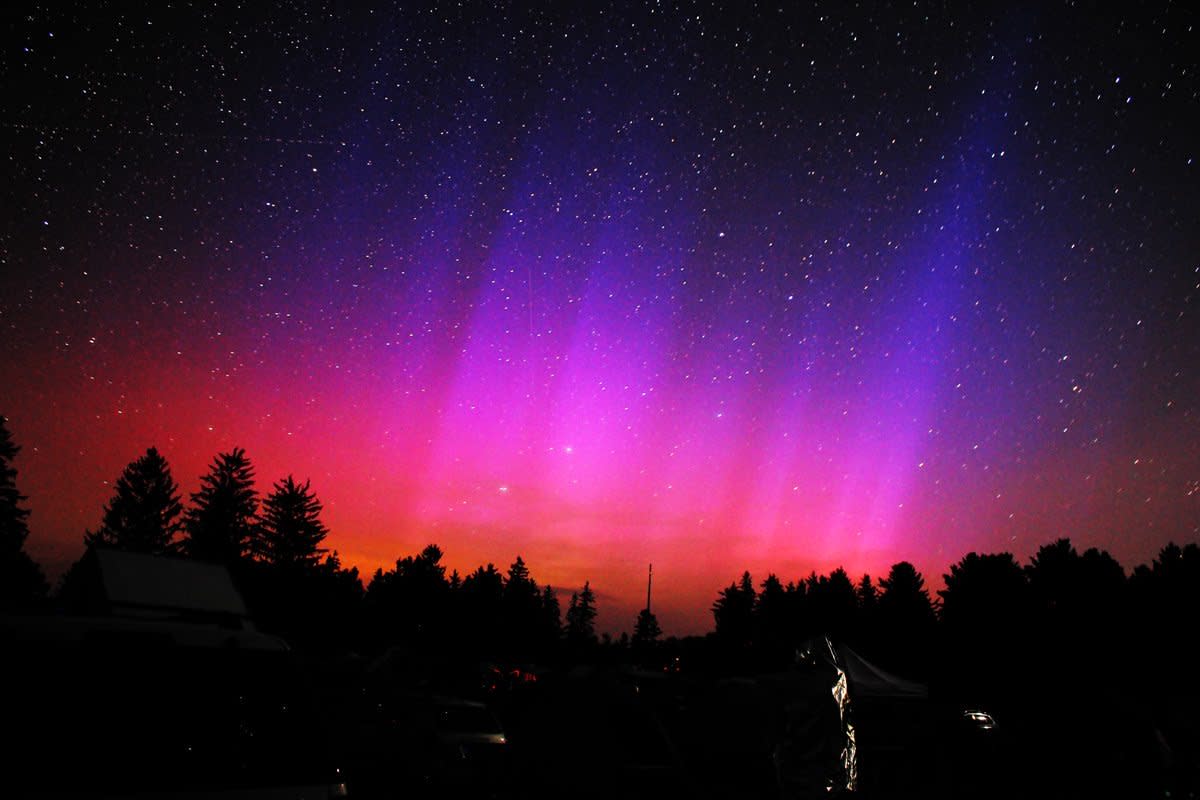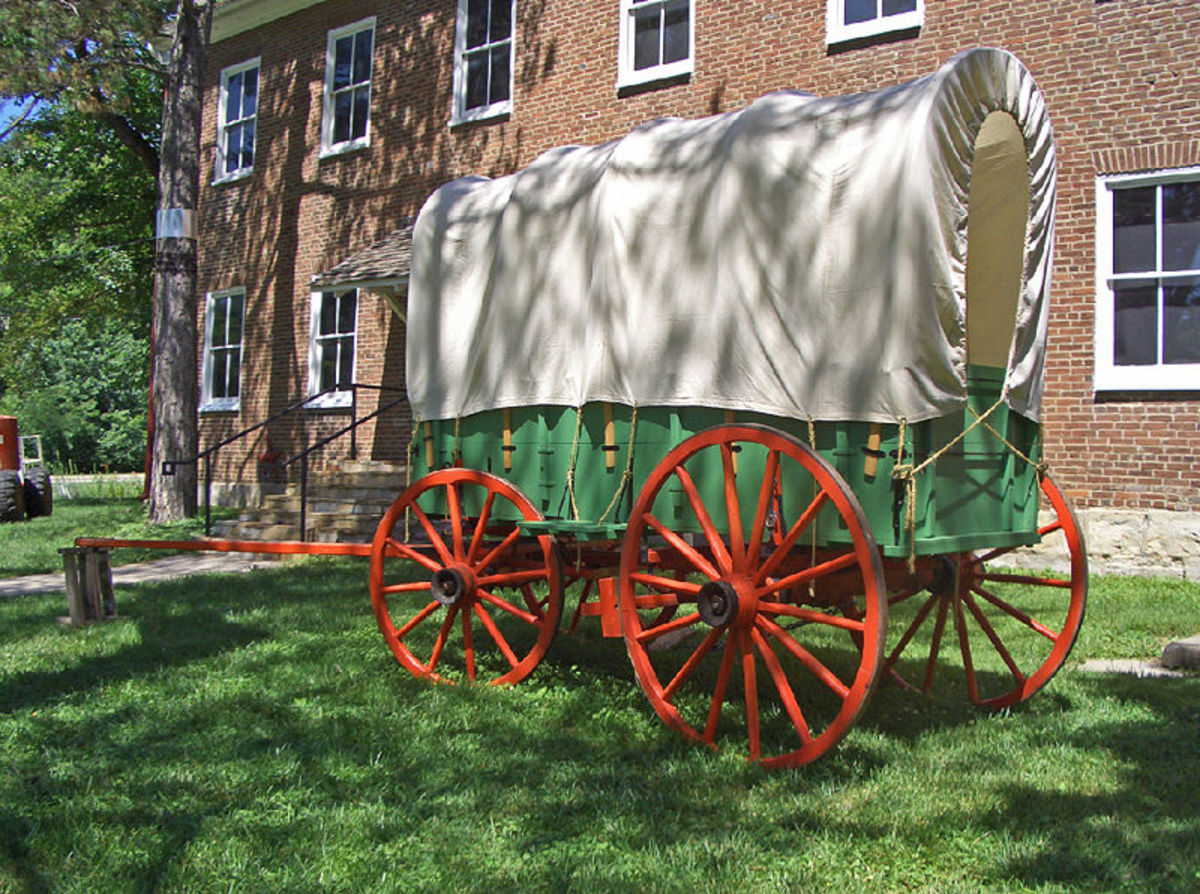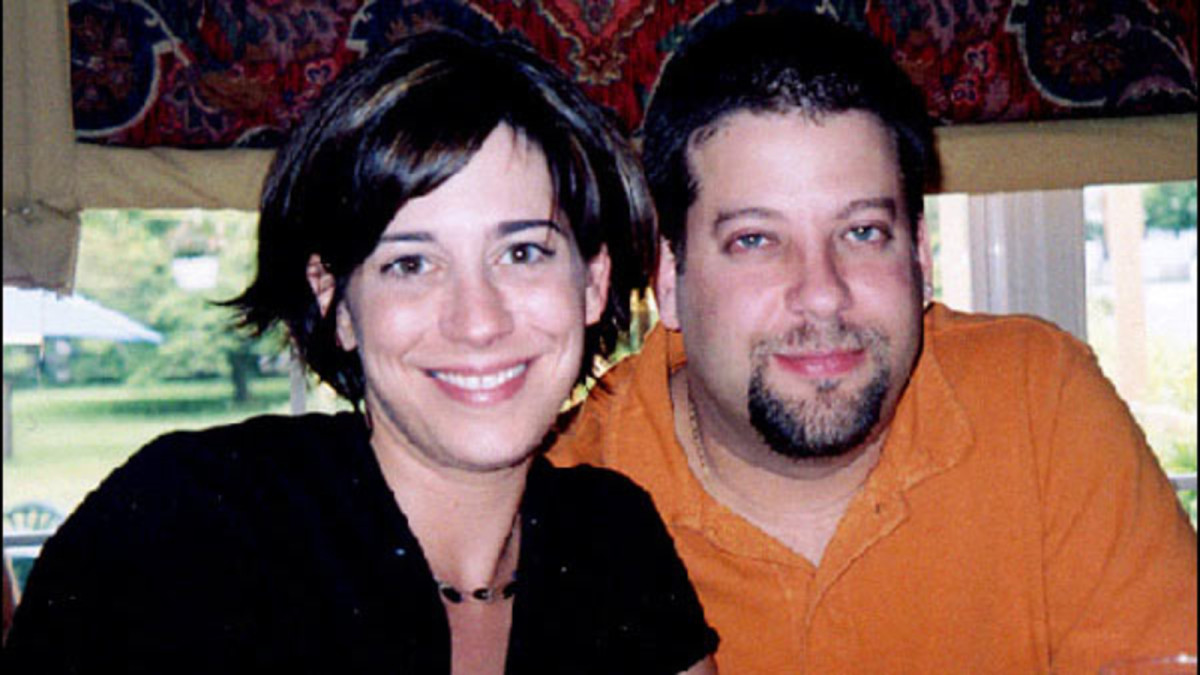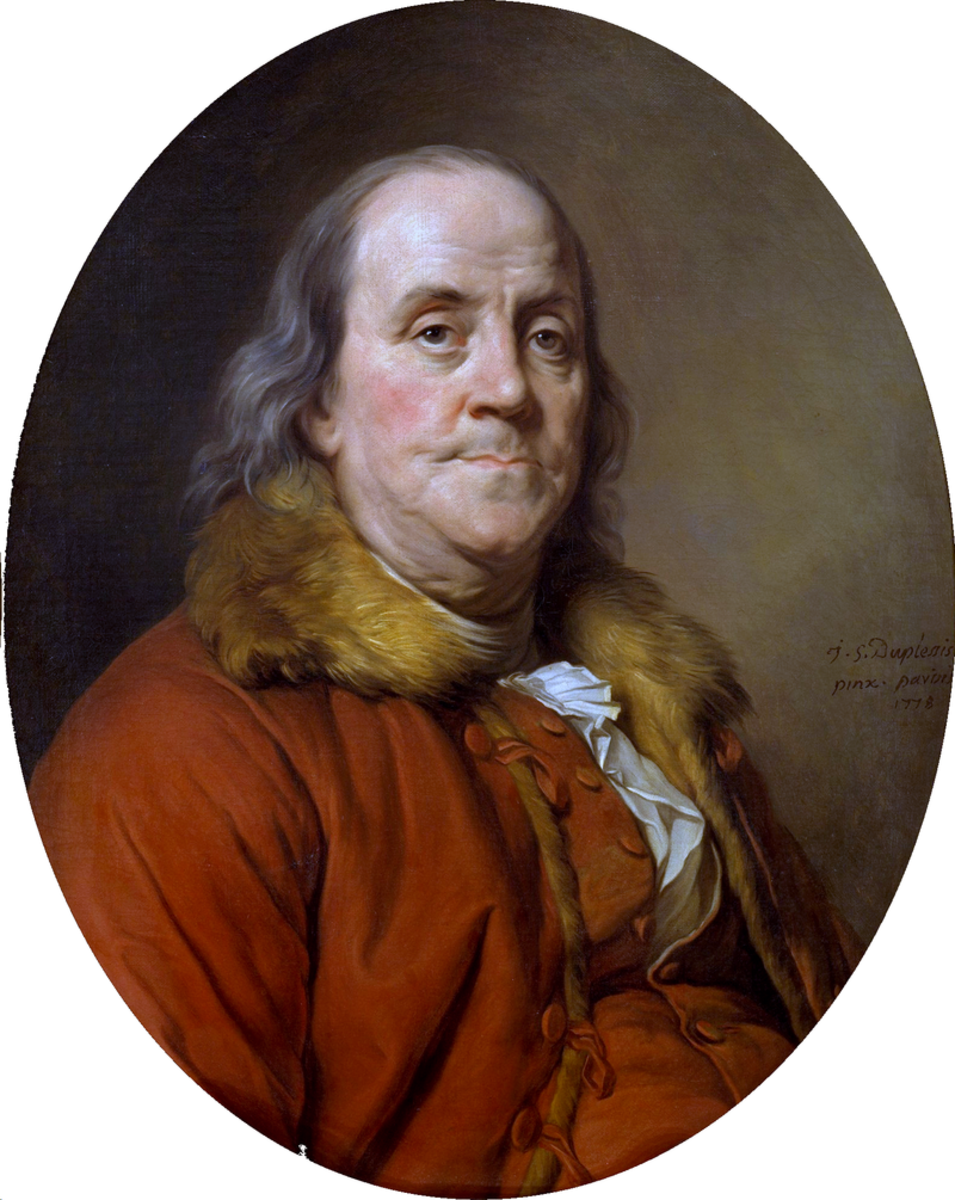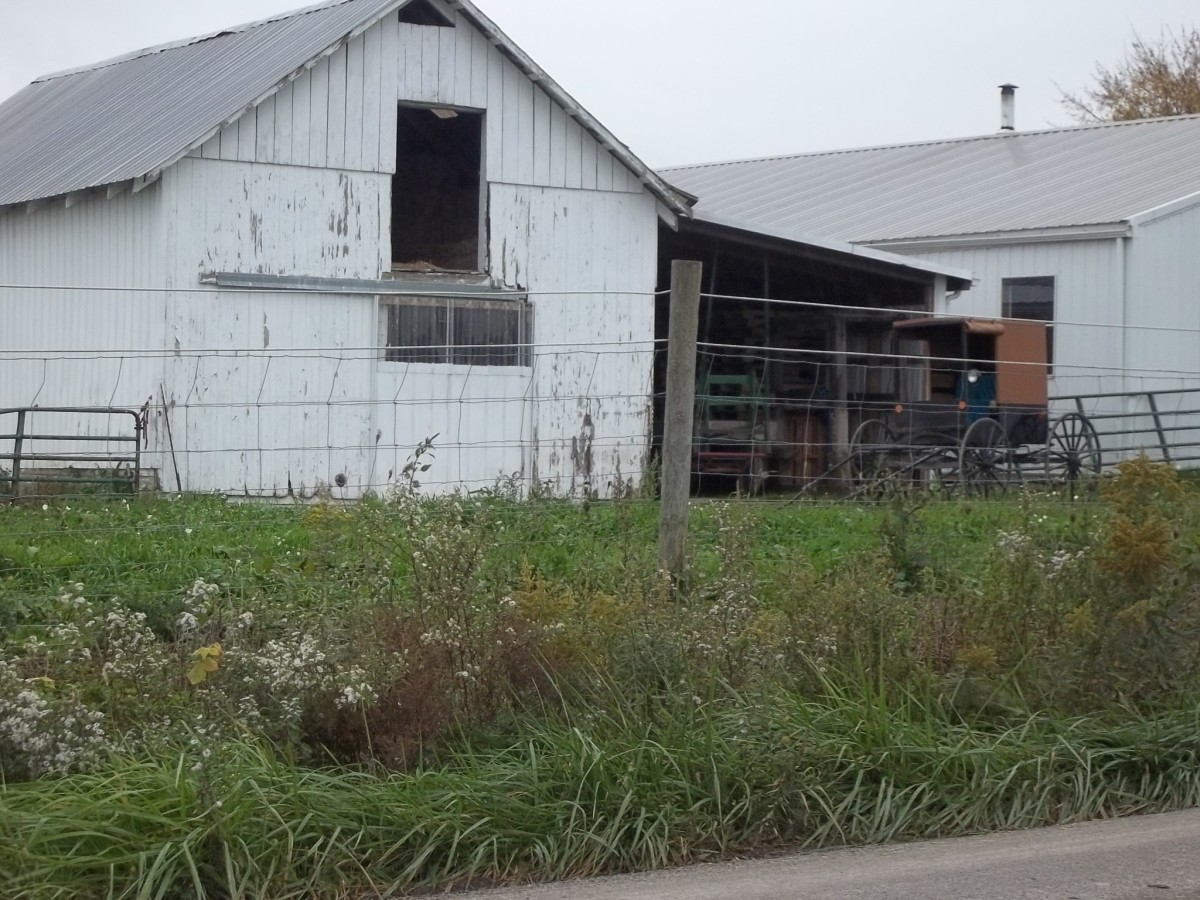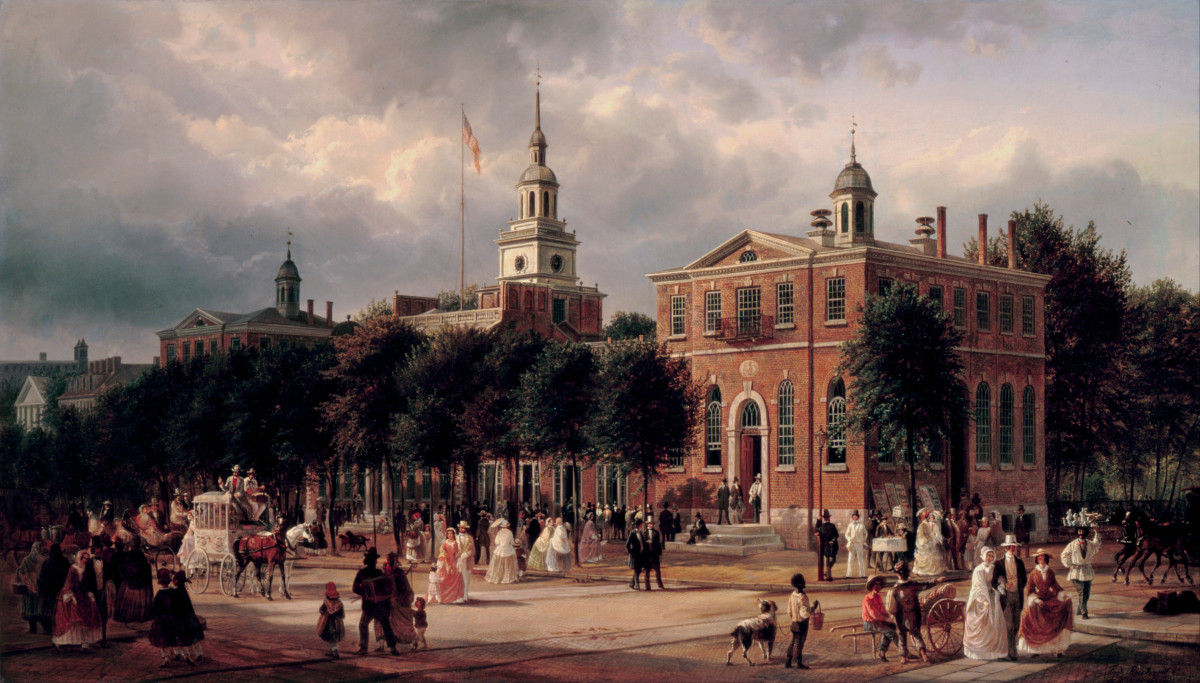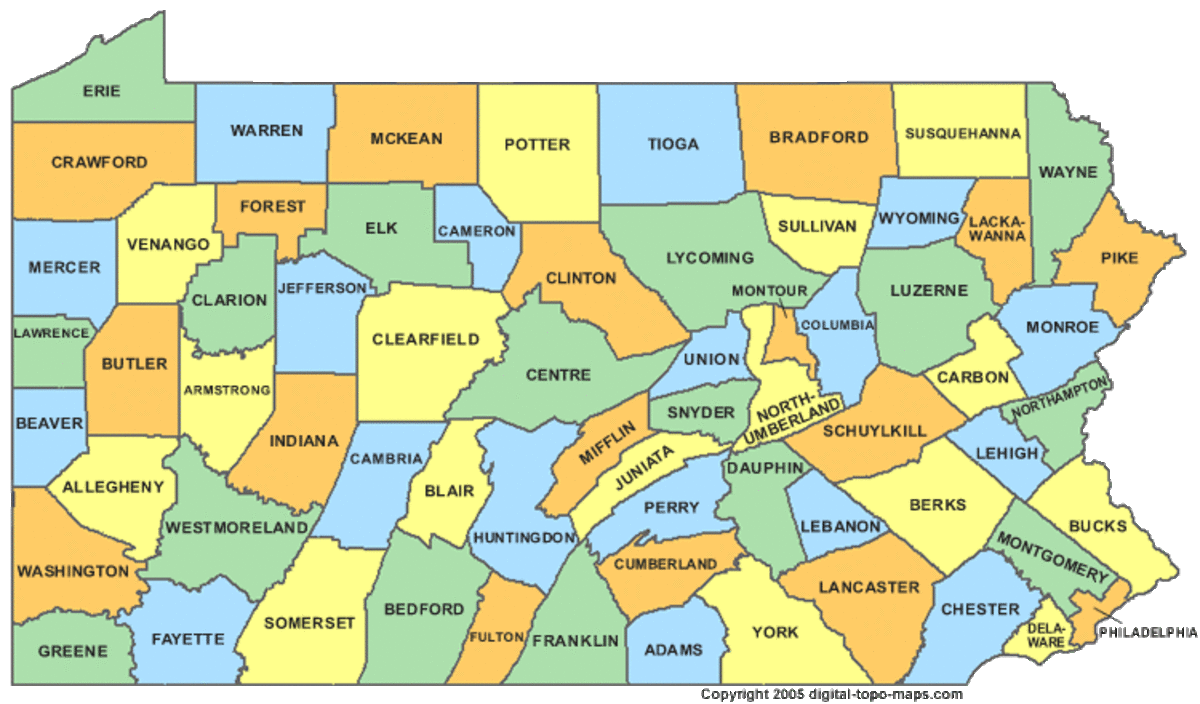- HubPages»
- Travel and Places»
- Visiting North America»
- United States»
- Pennsylvania
The Treasures of Fairmount Park
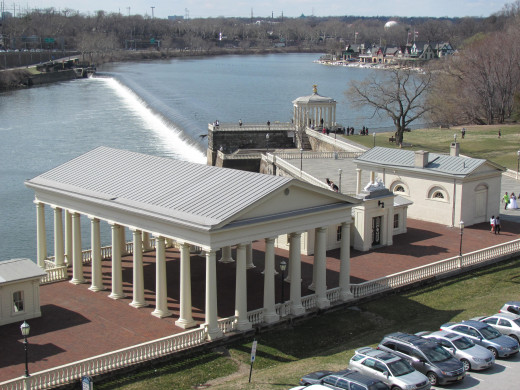
A Park from a Water Utility
Philadelphia, Pennsylvania possesses one of the greatest municipal park systems in the world. A great bulk of Fairmount Park runs along the Schuylkill River on both sides, a collection of estates outside the older city limits. The city acquired these properties so that the residents of Philadelphia would have a reliable source of drinking water drawn from their remarkable Water Works built downstream.
Our excursion, therefore, begins with this Water Works, designed by John Davis and Frederick Graff. Its pumps conveyed water from the reservoir created by a dam up to the "Faire Mount" (where the Art Museum presently sits), where a conduit system carried the water into the city. It finally closed in 1909 after decades of service.
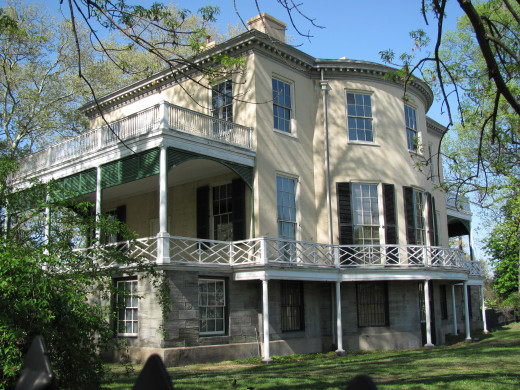
Some of these Estates Acquired on the Schuylkill
The estates acquired to minimize human activity upstream and to ensure purer water include:
Lemon Hill--This home on a hill above Boathouse Row, close to the water utility, was so named because of a green house on the premises. The owner was an early pioneer in the cultivation of lemon and other citrus trees in the northern climate of Pennsylvania.
Mount Pleasant--Visitors encounter an especially colorful history when they visit this federal style house with its two outbuildings. The estate was built by a privateer named John McPherson and sold to a patriot and hero of the American War for Independence, who would later turn traitor, Benedict Arnold.
Strawberry Mansion--Along the same side of the river, we come to a house built for Judge William Lewis in 1789. Strawberries grew on the estate from roots imported from Chile. A Democrat political banquet took place here, designed to unite Northern and Southern Democrats behind the candidacy of Andrew Jackson for president. It failed to persuade Daniel Webster of Massachusetts, who having obtained the opportunity to speak, simply toasted the strawberries and left through the ballroom's jib door.
The Solitude--On the other side of the Schuylkill River John Penn, grandson of William Penn, founder of Pennsylvania, lived in this neoclassical home. Later the estate became the first zoological garden in America, which is known today as the Philadelphia Zoo.
Belmont Mansion--Also on the other side of the river is the estate of William Peters, an example of Palladian architecture (1745), later a stop on the underground railroad for escaping slaves.
There are other estates in the park not listed here. For complete information, visit the Fairmount Park Welcome Center (see web link below).
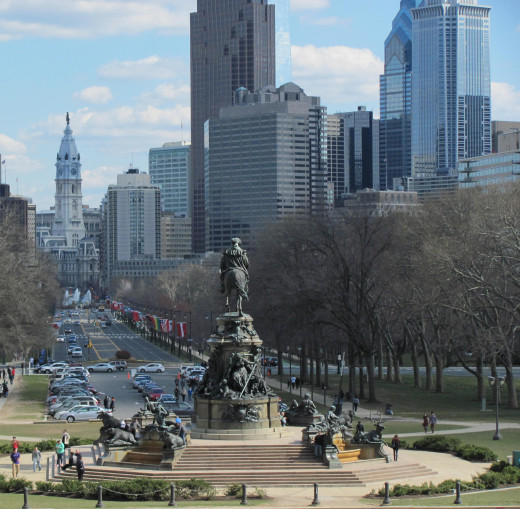
Other Attractions in the Fairmount Park System
Next, we look at the Benjamin Franklin Parkway section of the park system. This is a splendid multi-lane street, with flags of many nations displayed, stretching between center city and the Art Museum area. On the Eakins Oval, just in front of the museum, a statue of George Washington mounted on a horse looks down the parkway toward City Hall.
At the center city end of the parkway, JFK Plaza is home to Fairmount Park's welcome center. The following website has information on this valuable resource:
Fairmount Park Welcome Center
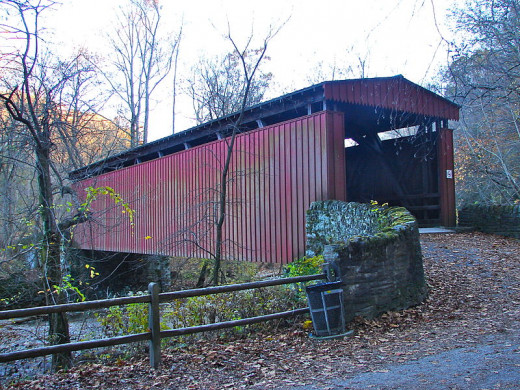
At the other end of the park system, up the Schuylkill River, we find the Forbidden Drive, a nature walk that accompanies the Wissahickon Creek as it flows through a valley with high canyon walls in places. Its natural beauty has spurred the creativity of Edgar Allen Poe and other artistic residents of Philadelphia. Set aside as America's first national landmark, it derives its name from an early ordinance prohibiting vehicular traffic on the path. At the juncture with Lincoln Drive, one of the opening movements of the Battle of Germantown took place during America's War for Independence.
There is so much more we can say about this great system of parks, but hopefully, this will get you started thinking about including a trip to Fairmount Park in your travel plans this year. Check it out!

